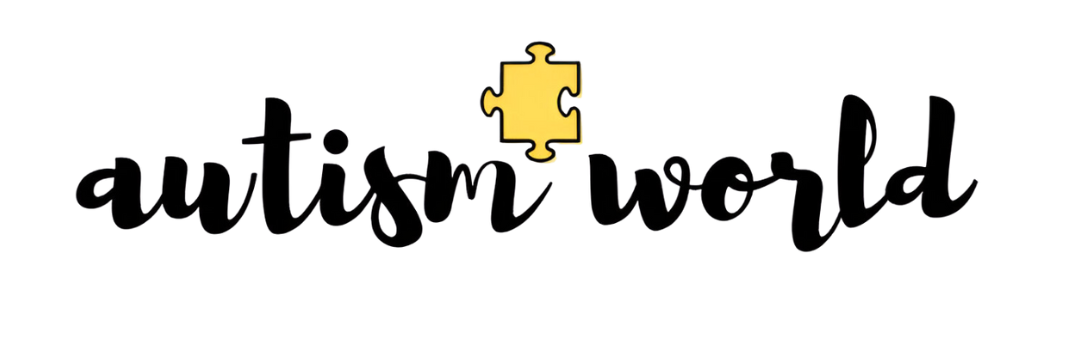With 9 years of experience in the kitchen, I’m passionate about crafting delicious recipes and sharing them with food lovers worldwide. 🍽️✨ Whether it’s a comforting homemade dish or a creative cocktail, my goal is to make cooking fun, easy, and enjoyable for everyone. Join me on this flavorful journey! 🍹🥗

How to Recognize the Early Signs of Autism in Children: A Parent’s Guide
How to Recognize the Early Signs of Autism in Children: A Parent’s Guide
Autism spectrum disorder (ASD) is a neurodevelopmental condition that affects how a child communicates, learns, and interacts with the world. Early detection of autism can significantly improve a child’s developmental outcomes, which is why it’s crucial for parents to recognize the early signs and seek professional guidance.
In this guide, we’ll walk you through the most common early indicators of autism in children, when to consult a doctor, how autism is diagnosed, and the importance of early intervention.
1. What Is Autism?
Autism, or autism spectrum disorder (ASD), refers to a group of developmental disorders that impact a child’s social interaction, communication skills, and behavior. Children with autism often display repetitive behaviors, have difficulty expressing or understanding emotions, and may experience language development delays.
ASD affects individuals differently, ranging from mild to severe symptoms. Some children can lead relatively independent lives, while others may require lifelong support. Early diagnosis is critical to provide the right interventions at the right time.
2. Early Signs of Autism in Children
Many early signs of autism appear in infancy or early childhood. Parents are often the first to notice developmental differences.
Here are some of the most common early signs of autism:
-
Poor eye contact: A lack of eye contact or avoiding eye contact with others is one of the earliest signs.
-
Delayed speech and language development: Children may not speak by 16 months, or may struggle to use language meaningfully.
-
Limited interest in social play: Lack of interest in playing interactive or group games.
-
Rigid routines: A strong attachment to routines; becoming upset when there’s a change in their environment or schedule.
-
Repetitive behaviors: Hand-flapping, rocking, spinning objects, or repeating the same actions frequently.
-
Not responding to their name: A child may seem to ignore being called, even if hearing is normal.
-
Difficulty understanding emotions: Struggles with recognizing facial expressions or showing empathy.
-
Focused interests: Intense interest in a specific topic or object, such as numbers, cars, or animals, often to the exclusion of other activities.
3. When Should You See a Doctor?
If your child exhibits several of the signs listed above—especially after the age of 18 months—it’s important to consult a pediatrician or developmental specialist.
You should seek medical advice if:
-
Your child does not speak or develop communication skills by age 2.
-
Your child shows significant difficulty in interacting with others.
-
Your child displays repetitive behaviors or fixates on certain interests intensely.
Pediatricians typically monitor developmental milestones during routine visits and can recommend further evaluations if needed.
4. How Is Autism Diagnosed?
Autism is diagnosed through a combination of behavioral assessments and standardized tests.
Diagnosis usually involves:
-
Parental interviews: Doctors gather insights from parents about the child’s communication, behavior, and developmental history.
-
Behavioral observations: Professionals observe the child in various settings, including home, daycare, or school.
-
Standardized screening tools: Tools like the M-CHAT (Modified Checklist for Autism in Toddlers) help assess whether a child is at risk for ASD.
Early diagnosis is key to implementing a tailored intervention plan that meets the child’s specific needs.
5. Importance of Early Intervention for Autism
Early intervention can lead to meaningful improvements in a child’s life. Evidence-based therapies, such as:
-
Applied Behavior Analysis (ABA): Helps children improve social, communication, and learning skills.
-
Speech therapy: Addresses communication difficulties.
-
Occupational therapy: Enhances daily living skills and motor coordination.
-
Social skills training: Helps children interact more effectively with peers and family.
Family involvement is essential. Engaging with your child daily and participating in therapy sessions can significantly enhance their progress.
6. Conclusion
Recognizing the signs of autism early can make a major difference in your child’s development. If you suspect your child may be on the autism spectrum, don’t hesitate to speak with a healthcare provider. An early diagnosis opens the door to support and therapies that can help your child thrive socially, emotionally, and academically.




